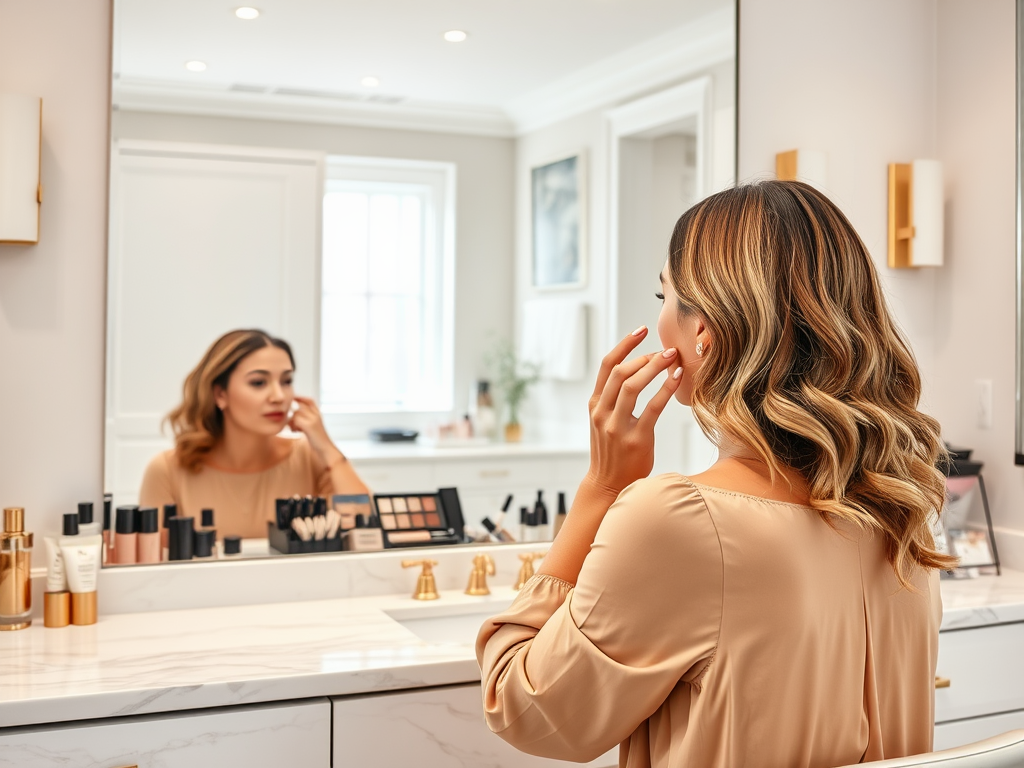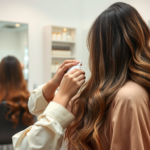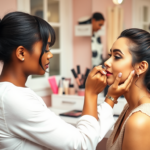Are you ready to elevate your makeup game to a whole new level? Contour makeup is a transformative technique that allows you to shape and define your facial features, creating a sculpted look that can enhance your natural beauty. Whether you want to highlight your cheekbones, slim your nose, or elongate your jawline, mastering the art of contouring can make a significant difference. In this guide, we will walk through comprehensive steps to achieve the perfect contour makeup, ensuring you have all the tools, techniques, and tips at your fingertips. Say goodbye to shadowy mistakes and hello to a radiant, chiseled appearance!
The journey of contouring begins with understanding the fundamental concept behind this makeup technique. It’s not merely about slapping on darker shades; rather, it’s about creating an illusion of depth and dimension. With the right products and knowledge, contouring can be an easy part of your makeup routine. Whether you’re a novice or an experienced makeup enthusiast, this guide will provide insights that apply to all skill levels. Get ready to decode the mystery of depth and illumination, enhancing your natural features effortlessly!
Understanding Contour Makeup
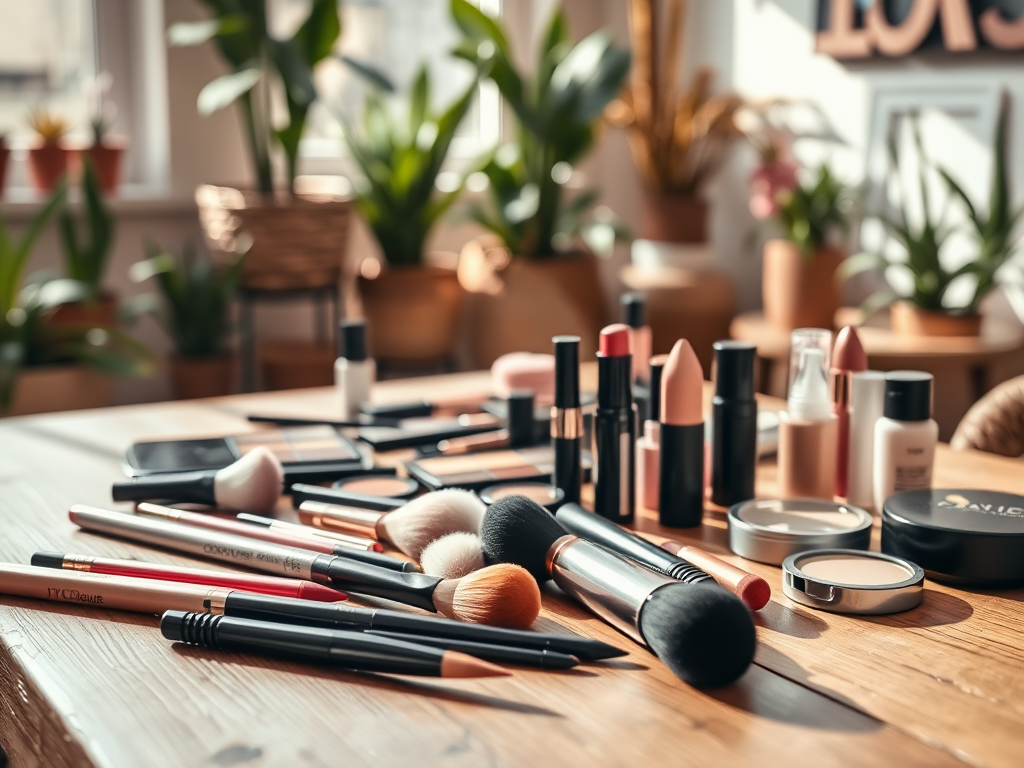
Contour makeup is a technique that enhances and defines the structure of the face using light and shadow. At its core, this approach involves applying darker shades to areas you want to recede and lighter shades to areas you want to project forward. This duality creates a three-dimensional effect that elevates your overall look. With the right techniques, you can transform a flat canvas into a beautifully sculpted masterpiece.
The Right Tools for Contouring
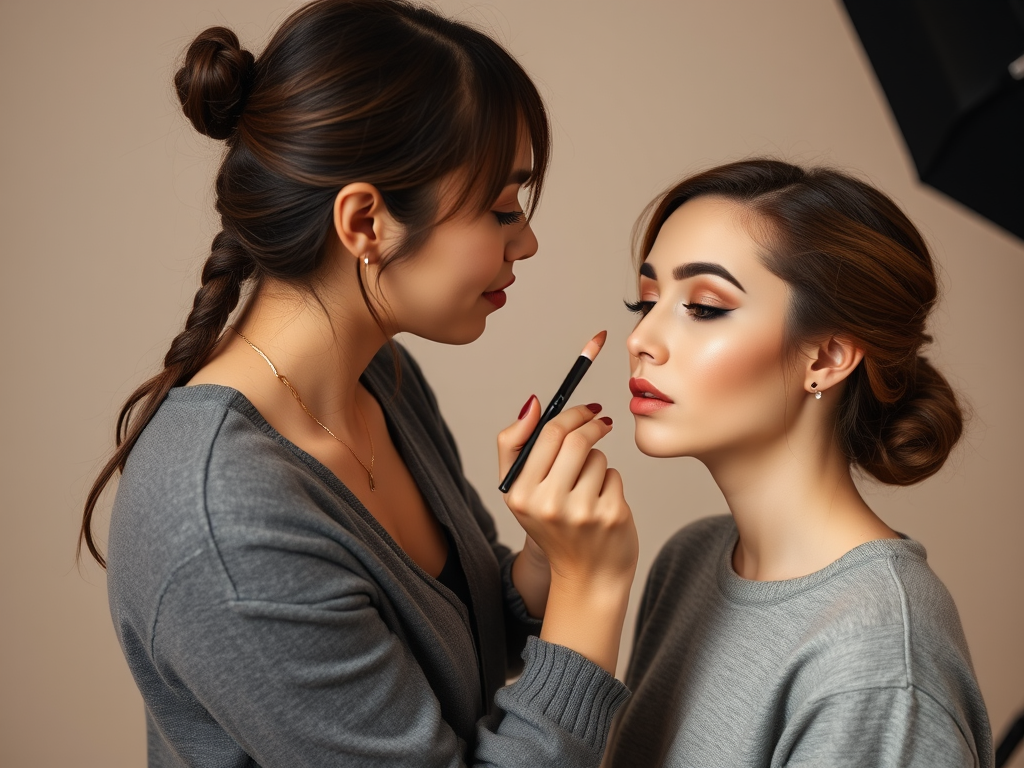
To achieve a flawless contour, selecting the appropriate tools is crucial. Here, we’ll discuss the essential tools you need to achieve the perfect contour. The correct brushes, sponges, creams, and powders each play a significant role in the outcome of your makeup.
- Brushes: Different shapes and sizes for precision.
- Sponges: Importance of blending can’t be overstated.
- Creams vs. Powders: Each formulation has its pros and cons.
- Highlighters: Essential for adding that radiant glow.
Preparing Your Skin for Contour Makeup
Preparation is key to flawless makeup application. Follow these essential steps to prep your skin effectively. Start with cleansing to remove any dirt or oils. A moisturizer is crucial to hydrate your skin, providing a smooth canvas for makeup application. Choosing the right primer is also essential, as it helps to keep your makeup in place all day.
Incorporating these steps creates an impeccable foundation upon which contouring can thrive. A well-prepped face results in a more seamless blend and flawless finish. Don’t rush through this process; taking your time to ensure each step is completed will pay off in the end. Once your skin is prepped, you can move on to selecting your foundation.
Choosing the Right Shades for Your Face
The right shades can elevate your contouring game immensely. In this section, we will discuss how to select contour and highlight shades suited for your skin tone. Understand the difference between warm and cool undertones, as this knowledge will help you choose shades that complement your complexion.
| Skin Tone | Contour Shade | Highlight Shade |
|---|---|---|
| Fair | Light taupe | Champagne |
| Medium | Warm bronze | Warm gold |
| Tan | Deep bronze | Peach |
| Dark | Chocolate brown | Bronze |
Once you know your skin undertone, selecting contour shades becomes easier. For contouring, look for shades that are 1-2 shades darker than your foundation. When it comes to highlighting, choose a shade that’s 1-2 shades lighter than your base. This balance allows for an eye-catching, harmonious look.
Step-by-Step Guide to Contour Makeup
Now, we move into practical application. This section provides a detailed, step-by-step approach to achieving the perfect contour makeup look. Following these methods will enable you to sculpt and define your features like a professional.
Contouring the Face
Begin by mapping out the areas you wish to contour. Common areas include the sides of your nose, beneath your cheekbones, and along your jawline. Use a contour product that blends well with your skin. Apply the product and then use either a brush or sponge to blend it out seamlessly.
- Mapping out the contour: Proper placement is crucial.
- Applying the contour: Use techniques suited for cream, liquid, or powder.
- Blending: A good blend ensures a seamless finish.
Highlighting Techniques
Next, it’s time to apply highlighter strategically to brighten your features. Key areas to highlight include the tops of your cheekbones, the bridge of your nose, and your brow bone. Using the right application methods is essential; consider a stippling motion for cream products and sweeping motions for powder.
Common Mistakes to Avoid in Contour Makeup
Even seasoned makeup enthusiasts can stumble with contouring. Addressing common missteps will help you avoid pitfalls and achieve a flawless look. Here are a few mistakes people often make:
- Over-contouring: Recognize when to hold back on application.
- Color mismatch: Identify the right shades for your skin tone to prevent an unnatural look.
- Poor blending: Remember, blending is vital for seamless transitions between colors.
Conclusion
In conclusion, mastering the art of contour makeup involves understanding the tools, techniques, and products that work best for you. By following these comprehensive steps, you can achieve a contoured look that enhances your natural beauty. From preparing your skin to selecting the right shades and applying contour and highlight products, each step plays a vital role. So take your time, practice your skills, and enjoy the process of creating your unique look.
Frequently Asked Questions
- What is contour makeup? Contour makeup is a technique used to enhance the structure of the face using darker shades for shadows and lighter shades for highlights.
- How do I choose a contour shade? Look for shades that are 1-2 shades darker than your foundation for contour and 1-2 shades lighter for highlighting, keeping in mind your skin undertone.
- Can I contour with just a powder? Yes, contouring can be done with powders, but creams allow for a more blended and natural look, especially for dry skin.
- Is contouring suitable for everyday wear? It can be, but lighter applications are recommended for a more natural look suitable for daily wear.
- How do I fix uneven contouring? Blend more foundation or concealer over the area to soften harsh lines or apply additional bronzer to balance out the look.
